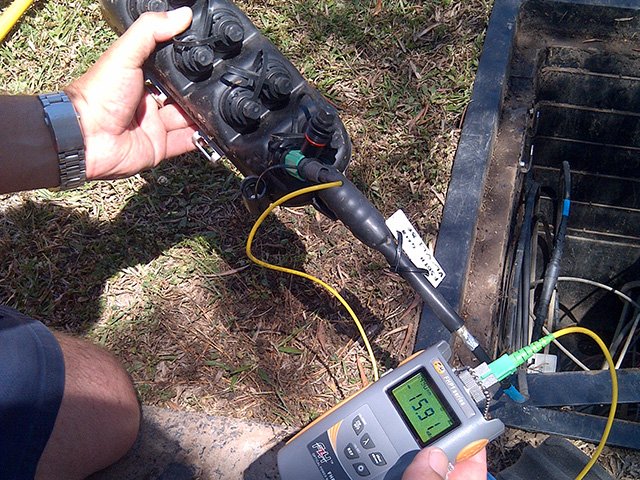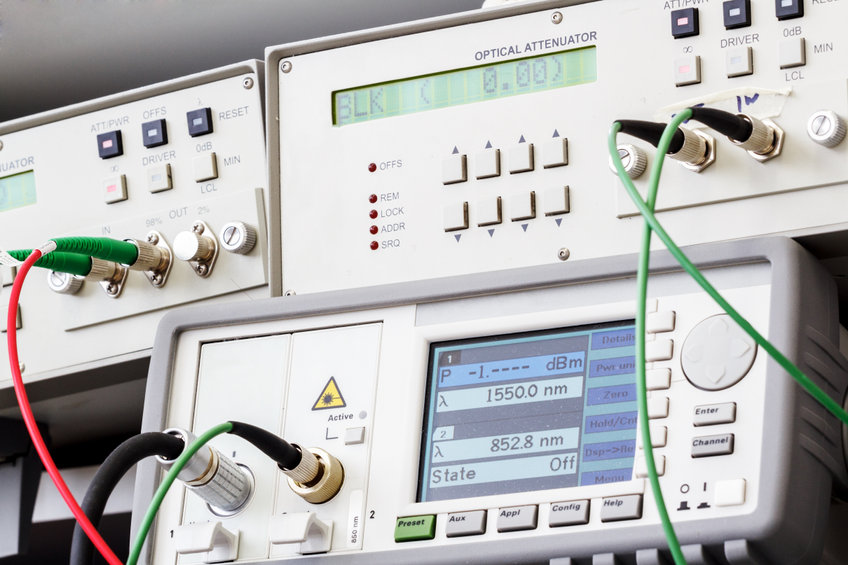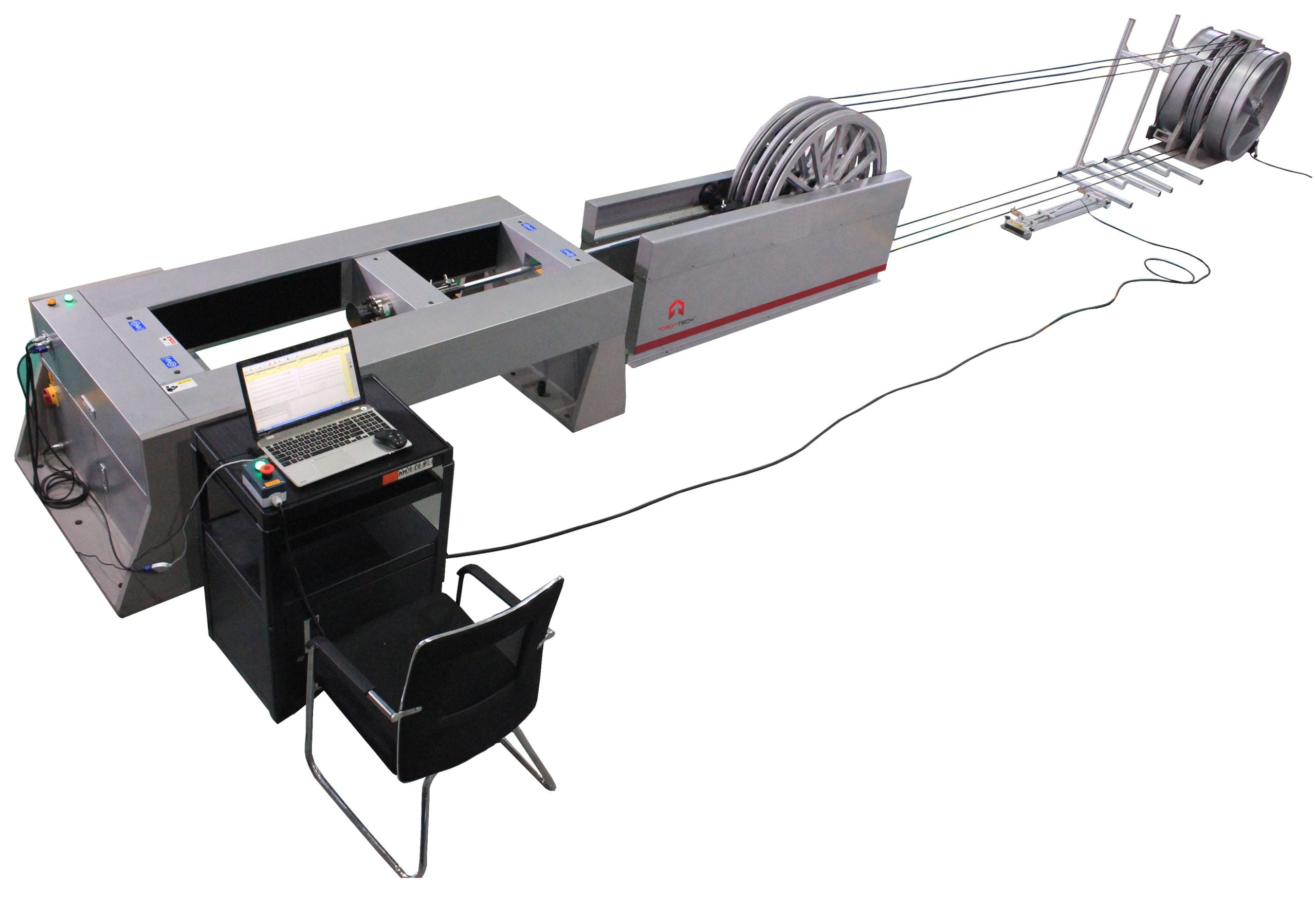High-performance fibre testing equipment ensures precise material quality assessment.
High-performance fibre testing equipment ensures precise material quality assessment.
Blog Article
Revealing the Secret Uses of Optical Fiber Testing for Efficient Information Transmission
In the world of modern-day interaction, optical fiber testing becomes a crucial method for enhancing information transmission. By using methods such as Optical Time Domain Reflectometry (OTDR) and insertion loss evaluations, network drivers can effectively determine and address issues that might jeopardize signal stability. As the demand for faster and a lot more reputable links proceeds to climb, the implications of these testing strategies extend past immediate mistake detection, affecting lasting network performance. Understanding the diverse applications of optical fibre testing invites a deeper exploration right into its crucial function in shaping the future of information interaction.

Significance of Optical Fibre Screening
The significance of optical fibre screening can not be overstated, as it functions as a critical part in ensuring the reliability and effectiveness of information transmission systems. In an age where high-speed interaction is vital, any shortages in fibre optics can lead to substantial information loss and decreased performance. Therefore, extensive testing procedures are important to confirm the stability and efficiency of optical cable televisions.
Checking permits for the identification of problems such as micro-bends, macrobends, and splice losses that might impede signal high quality. In addition, it gives understandings right into the total depletion and transmission capacity abilities of the fibre, making sure that the network fulfills certain functional requirements. Routine testing not just boosts system efficiency yet also prolongs the life expectancy of the infrastructure by identifying prospective problems before they intensify into expensive failings.

Kinds Of Optical Fiber Examinations
Numerous types of optical fiber tests are performed to ensure the performance and dependability of fibre optic networks. These tests can be classified right into several key kinds, each serving a particular function in assessing the stability of the fiber.
First, Optical Time Domain Reflectometry (OTDR) is a popular examination that identifies mistakes, interlaces, and connectors within the fiber. By sending out pulses of light and analyzing the mirrored signals, technicians can identify issues along the fibre's size.
2nd, insertion loss tests review the quantity of signal loss when light passes with adapters or splices, which is crucial for preserving network performance.
Third, return loss tests gauge the amount of light mirrored back towards the resource, offering insights right into the top quality of links and possible sources of disturbance.
Additionally, continuity examinations guarantee that the fiber path is full, permitting professionals to confirm that the fibre is intact without any type of breaks. optical fibre testing equipment.
Lastly, aesthetic mistake locators utilize visible light to determine breaks or serious bends in the fibre, assisting in quick troubleshooting. Jointly, these tests form an extensive approach to maintaining optimum performance in fiber optic networks.

Applications in Network Maintenance
In modern telecommunications, efficient network maintenance relies heavily on optical fiber testing to identify click to investigate and rectify issues promptly. Routine testing makes sure that the network operates at optimal performance degrees, minimizing downtime and improving user experience.
Among the key applications of optical fibre testing in maintenance is the discovery of mistakes, such as breaks, flexes, or incorrect links. Methods like Optical Time Domain Name Reflectometry (OTDR) enable specialists to find these problems accurately and examine the high quality of the fibre link. Furthermore, loss screening validates the honesty of the optical path, making sure that signal attenuation continues to be within appropriate limits.
Regular upkeep screening additionally helps in precautionary steps, identifying possible problems prior to they escalate right into substantial failings. This proactive method can conserve companies both time and financial sources. During upgrades or expansions, optical fibre screening makes certain that brand-new installations integrate flawlessly with existing infrastructure.
Enhancing Data Transmission Integrity
Effective network maintenance with optical fibre screening not only addresses instant issues yet likewise plays a considerable duty in boosting information transmission integrity. By recognizing mistakes, measuring signal loss, and evaluating the general problem of fibre optic cables, screening makes certain that prospective issues are remedied prior to they escalate right into substantial disruptions.
Normal optical fibre screening, such as time-domain reflectometry (TDR) and optical time-domain reflectometry (OTDR), allows professionals to identify the specific areas of breaks, bends, or adapter concerns within the network. This proactive method not just reduces downtime however additionally maximizes the performance of information transmission by guaranteeing that the paths for signals are clear and working effectively.
Moreover, testing aids in confirming adherence to market criteria and specs, which is essential for keeping the honesty of information circulation. By making sure that each connection satisfies required limits for loss and quality, organizations can bolster their confidence in the dependability of their data networks.
Eventually, investing check out here in comprehensive optical fibre screening not only improves data transmission dependability however also supports the long-lasting functional effectiveness of communication infrastructures.
Future Fads in Fibre Screening
Arising innovations are poised to change fiber testing, leading the way for enhanced performance and precision in information transmission diagnostics (optical find out here fibre testing equipment). As the need for faster net and greater data transfer remains to rise, the assimilation of sophisticated devices such as expert system (AI) and maker knowing (ML) is established to transform conventional fibre testing approaches. These innovations will certainly allow predictive upkeep and automated mistake detection, substantially decreasing downtime and enhancing network integrity
In addition, the fostering of Net of Things (IoT) devices will help with real-time tracking of fiber networks, permitting instant recognition of efficiency concerns. This change towards positive monitoring will certainly minimize disruptions and optimize information circulation.
Additionally, developments in optical time-domain reflectometry (OTDR) and new testing requirements will certainly improve the accuracy of dimensions, guaranteeing that data stability is maintained throughout the transmission procedure. The introduction of 5G innovation also demands the advancement of extra innovative fiber screening techniques to sustain its high-speed requirements.
Verdict
Finally, optical fibre screening is crucial for maintaining reliable data transmission within communication networks. By utilizing numerous testing strategies, such as OTDR and insertion loss tests, possible mistakes can be recognized and fixed, consequently boosting signal quality and minimizing downtime. Routine screening not just guarantees compliance with sector standards but additionally helps with positive maintenance, ultimately adding to the long-term dependability and performance of fiber optic systems. The ongoing advancement of screening methods will certainly further bolster these capabilities in the future.
Report this page